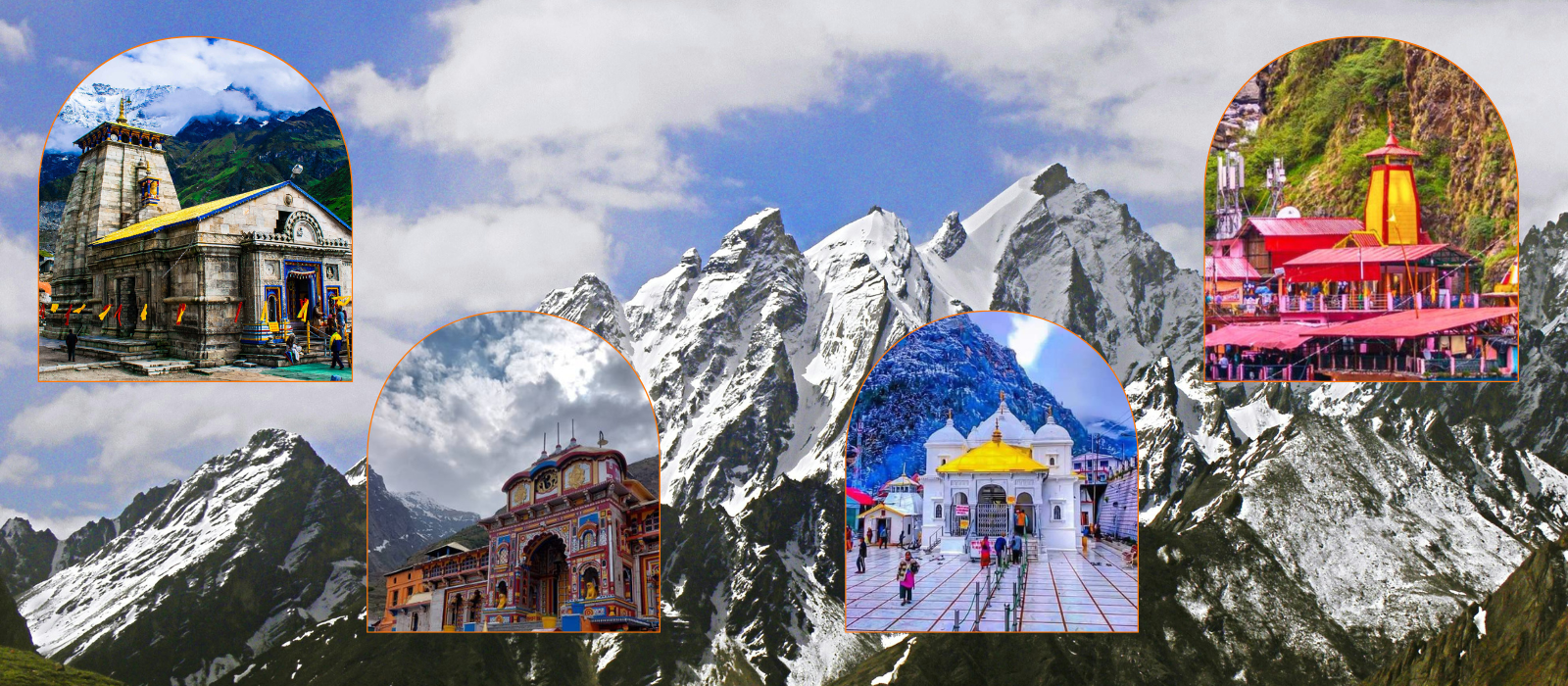
Badrinath Temple - History, Pooja Timings & Significance
Discover the legacy of one of India’s most sacred shrines – Badrinath Temple. Learn about its mythological importance, daily rituals, and why it remains a timeless pilgrimage destination for millions.
The Badrinath Temple has roots in Vedic traditions and is mentioned in ancient Hindu scriptures like Vishnu Purana and Mahabharata. It is believed that Adi Shankaracharya established the present temple in the 8th century to revive Hinduism. The site was chosen due to its association with Lord Vishnu’s meditation and the presence of a black Shaligram stone idol found in the Alaknanda River.
The temple features a traditional North Indian style with a colorful facade and a gold-gilded Garbhagriha (sanctum). The structure includes a Sabha Mandap, Darshan Mandap, and a tall cone-shaped shikhara. The idol of Lord Vishnu is made of black stone and depicts the deity sitting in a meditative pose. The temple is surrounded by snow-covered peaks that enhance its divine aura.
The temple opens around 4:30 AM and closes around 9:00 PM. Major rituals include Abhishek, Alankaram, and Aarti. Special poojas like Mahabhishek and Vishnu Sahasranamam Path are offered by devotees. The morning begins with Maha Abhishek Puja and ends with Shayan Aarti. All rituals are conducted by South Indian priests as per strict Vedic traditions.
Badrinath is part of both the Char Dham and Chota Char Dham yatra. It represents the Vishnu element in the spiritual Char Dham journey. It is believed that a visit to Badrinath cleanses one’s sins and leads to salvation. The temple is especially important during the Kartik and Vaikunth Ekadashi periods.
Devotees can book various poojas in advance either through the official temple website or via registered travel operators. Shree Ram Tourism’s offers assistance with booking special poojas, Mahabhishek, and VIP darshan. We also arrange personal guides and temple access based on your requirements and schedules.
In addition to Badrinath, one can visit nearby temples like Yogadhyan Badri, Bhavishya Badri, and Adi Badri – all forming part of the Panch Badri circuit. Mana village also houses spiritual sites like Vyas Gufa, Ganesh Gufa, and the Saraswati River. These spots enhance the spiritual experience of every pilgrim who visits Badrinath.
